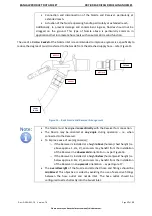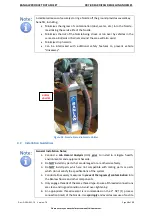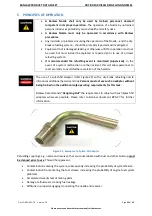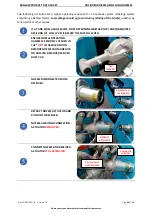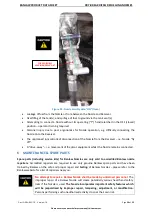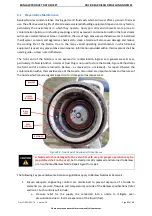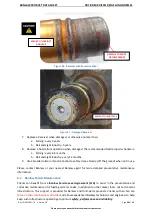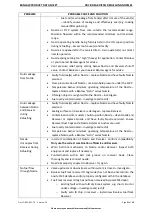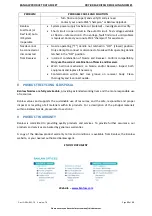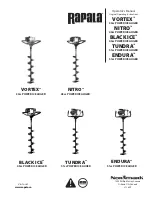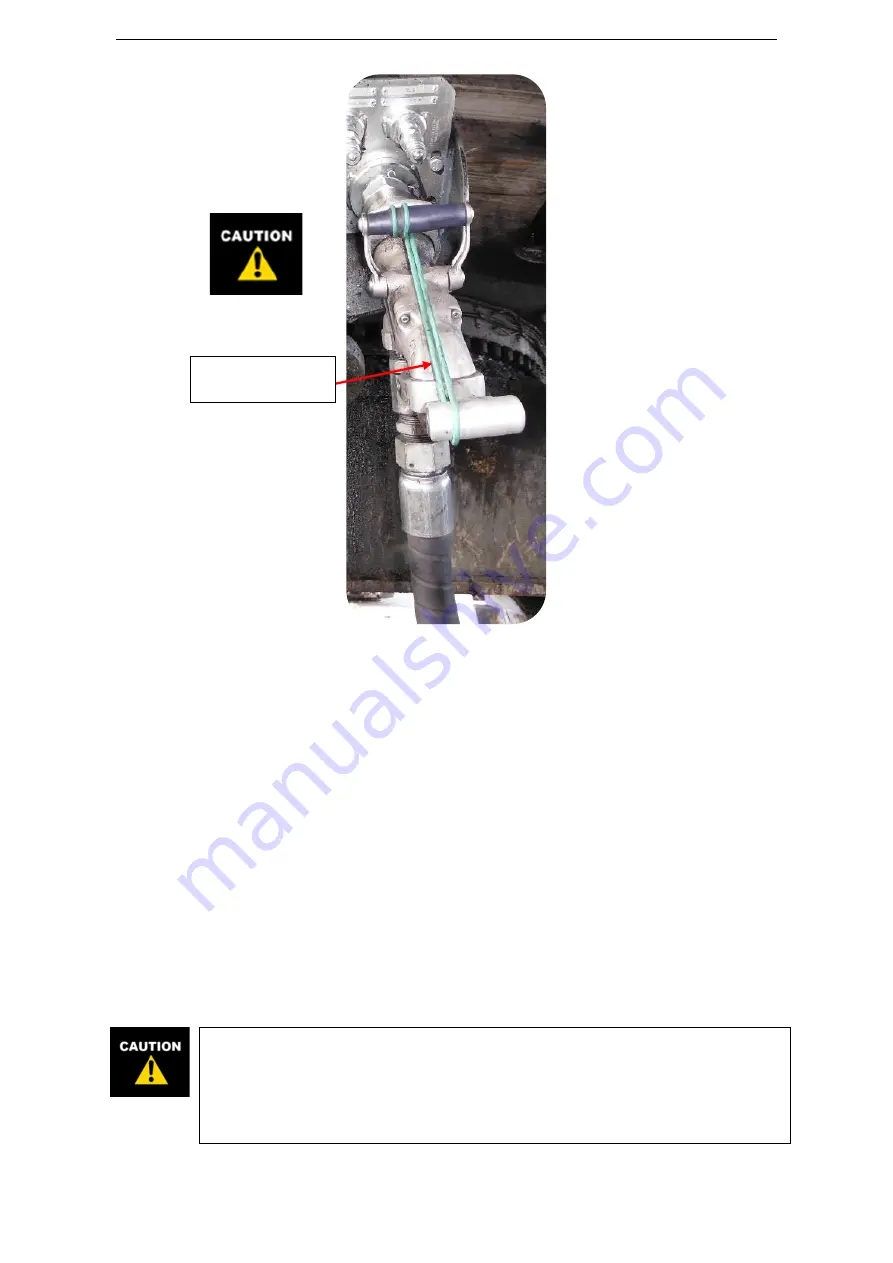
BANLAW PRODUCT DATA SHEET
DRY-BREAK DIESEL REFUELLING NOZZLES
Doc ID: PRH-REF-70 Version: 7.0
Page
26
of
32
Please ensure you have the latest version of this document.
Figure 23 - Nozzle Forcibly Held "ON" (Open)
•
Leakage of fuel from the Nozzle or from between the Nozzle and Receiver.
•
Overfilling of the tank(s), and spillage of fuel to ground via the tank vent(s).
•
Attempting to connect a Nozzle without its operating
(“T”)
handle latched in the OFF (closed)
position
–
operator training required.
•
Personal injury due to poor ergonomics for Nozzle operation, e.g. difficulty connecting the
Nozzle onto the Receiver.
•
The unplanned (uncontrolled) disconnection of the Nozzle from the Receiver
–
i.e. Nozzle “fly
off”.
•
A “drive
-
away”
–
i.e. movement of the plant equipment whilst the Nozzle remains connected.
6
MAINTENANCE & SPARE PARTS
Spare parts (including service kits) for Banlaw Nozzles are only sold to accredited Banlaw nozzle
repairers.
Accredited repairers are required to use only genuine Banlaw spare parts and have been
trained by Banlaw on the safe and proper repair and
testing
of Banlaw Nozzles
–
please refer to the
Banlaw website for a list of repairers near you.
No attempt to repair a Banlaw Nozzle shall be made by untrained personnel.
The
improper repair of a Banlaw Nozzle will create potentially serious health and safety
risks if the Nozzle is used.
The Nozzle incorporates important safety features which
will be jeopardised by improper repair, tampering, adjustment, or modification.
Persons performing such unauthorised activity do so at their own risk.
CORD FORCIBLY
HOLDING NOZZLE “ON”






